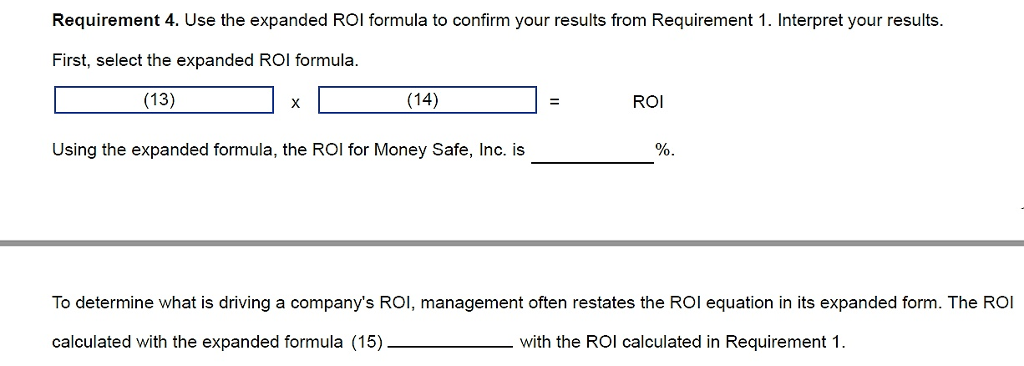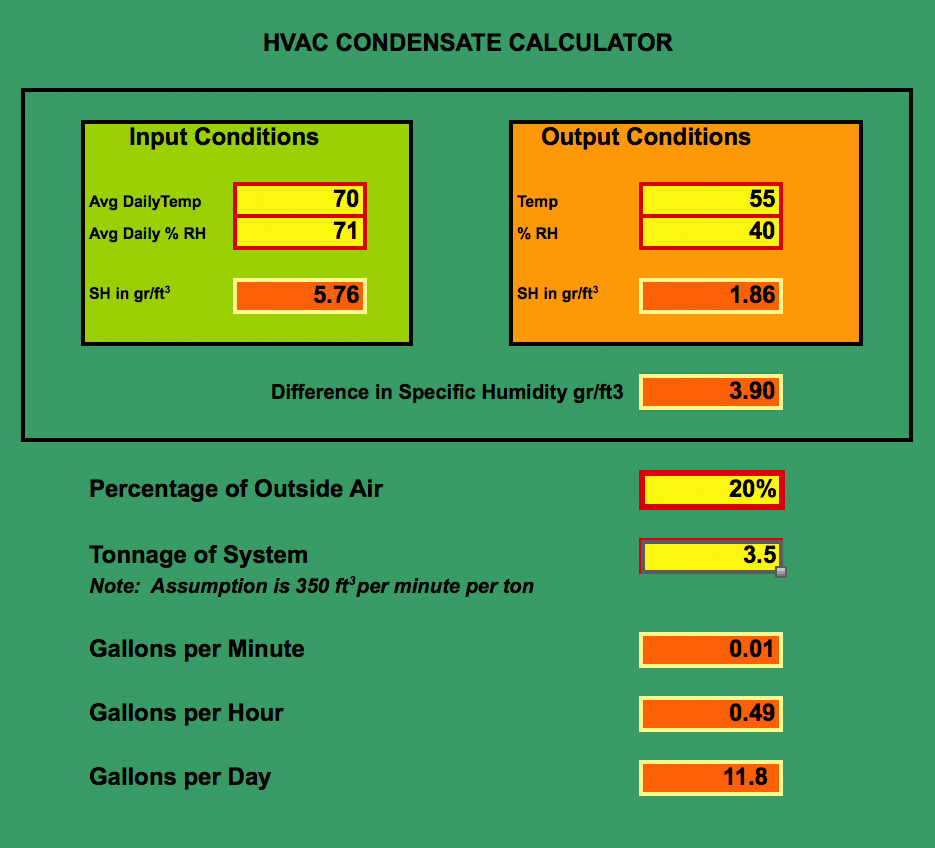

People inhabiting tropical and subtropical climates acclimatize somewhat to higher dew points. A lower dew point can go along with a high temperature only at extremely low relative humidity, allowing for relatively effective cooling. Lower dew points, less than 10 ☌ (50 ☏), correlate with lower ambient temperatures and cause the body to require less cooling. The US Occupational Safety and Health Administration recommends indoor air be maintained at 20–24.5 ☌ (68–76 ☏) with a 20–60% relative humidity, equivalent to a dew point of approximately 4.0 to 16.5 ☌ (39 to 62 ☏) (by Simple Rule calculation below).

CONDENSE CALCULATOR SKIN
The drier air can cause skin to crack and become irritated more easily. The more unevaporated perspiration, the greater the discomfort.Ī wet bulb thermometer also uses evaporative cooling, so it provides a good measure for use in evaluating comfort level.ĭiscomfort also exists when the dew point is very low (below around −5 ☌ or 23 ☏). If air is moved away from one's body with a natural breeze or a fan, sweat will evaporate faster, making perspiration more effective at cooling the body. The body's thermoregulation will produce perspiration in an effort to keep the body at its normal temperature even when the rate at which it is producing sweat exceeds the evaporation rate, so one can become coated with sweat on humid days even without generating additional body heat (such as by exercising).Īs the air surrounding one's body is warmed by body heat, it will rise and be replaced with other air. If the air is already saturated with moisture (humid), perspiration will not evaporate.

The rate at which perspiration can evaporate depends on how much moisture is in the air and how much moisture the air can hold. When the air temperature is high, the human body uses the evaporation of perspiration to cool down, with the cooling effect directly related to how fast the perspiration evaporates. ( October 2016) ( Learn how and when to remove this template message) Unsourced material may be challenged and removed. Please help improve this article by adding citations to reliable sources. This section needs additional citations for verification. General aviation pilots use dew point data to calculate the likelihood of carburetor icing and fog, and to estimate the height of a cumuliform cloud base. When the moisture content remains constant and temperature increases, relative humidity decreases, but the dew point remains constant. A relative humidity of 100% indicates the dew point is equal to the current temperature and that the air is maximally saturated with water. Ī high relative humidity implies that the dew point is close to the current air temperature. This can happen if there are not enough particles in the air to act as condensation nuclei. If the temperature is below the dew point, and no dew or fog forms, the vapor is called supersaturated. In the air, the condensed water is called either fog or a cloud, depending on its altitude when it forms. The condensed water is called dew when it forms on a solid surface, or frost if it freezes. At temperatures below the dew point, the rate of condensation will be greater than that of evaporation, forming more liquid water. In technical terms, the dew point is the temperature at which the water vapor in a sample of air at constant barometric pressure condenses into liquid water at the same rate at which it evaporates. In normal conditions, the dew point temperature will not be greater than the air temperature, since relative humidity typically does not exceed 100%. If all the other factors influencing humidity remain constant, at ground level the relative humidity rises as the temperature falls this is because less vapor is needed to saturate the air.


 0 kommentar(er)
0 kommentar(er)
